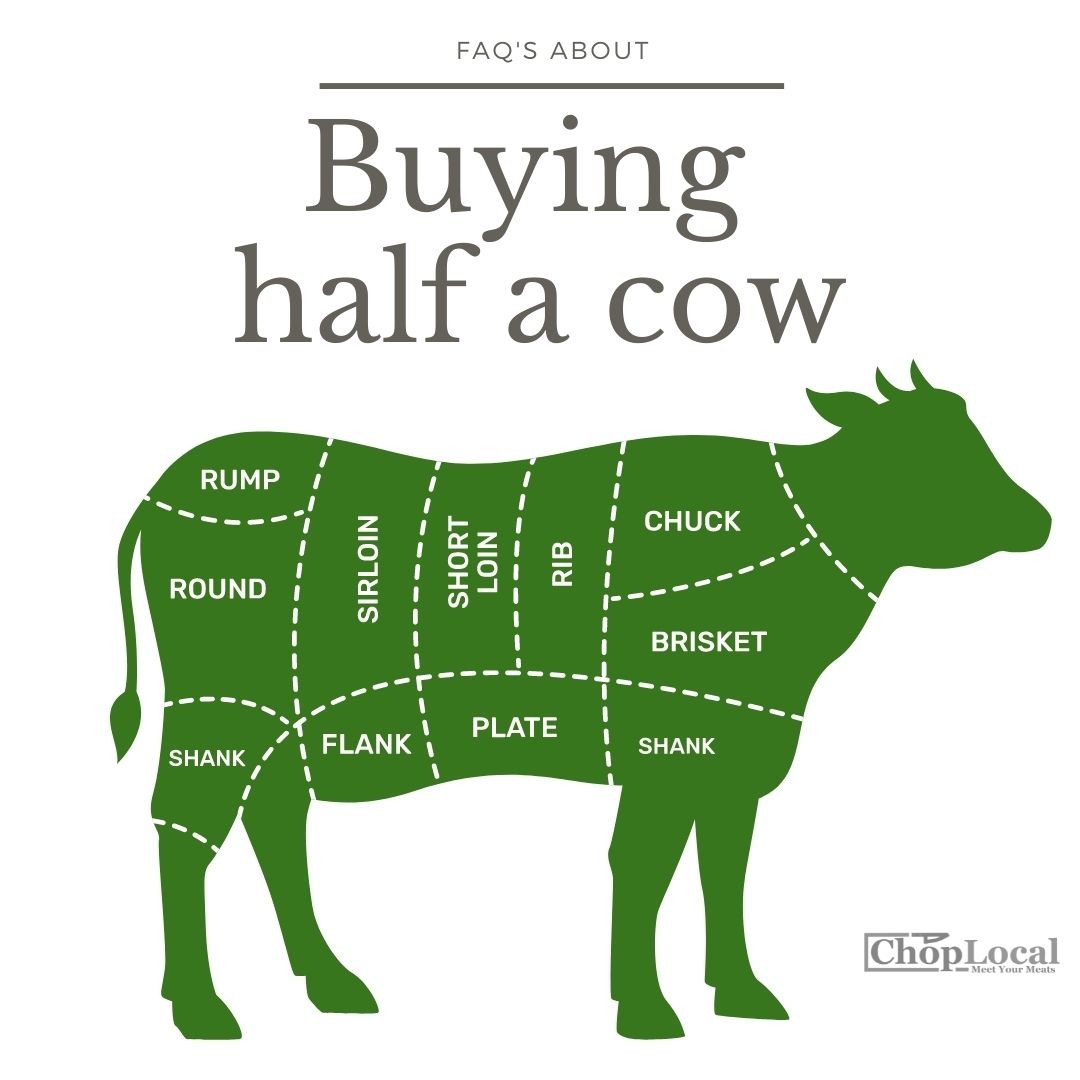An Emotional Journey into the World of Bovine Bisection

Image: www.farmerangus.co.za
Picture this: a golden meadow, the sun caressing the rolling green hills, and a herd of plump cattle grazing peacefully. The air is filled with the faint scent of wildflowers and the comforting melody of bovine contentment. Among these gentle giants, a question arises: how much is half a cow?
This seemingly innocuous query unveils an intersection of agriculture, economics, and personal values. Let’s embark on a bovine exploration to unravel the complexities surrounding the price of half a cow.
Understanding the Economics of Cattle Farming
Before we delve into the specifics, it’s essential to recognize that the price of half a cow is not a static figure. It fluctuates constantly, influenced by a myriad of factors such as breed, size, age, and the whims of the market.
The cattle farming industry is an intricate web of expenses. Farmers incur significant costs to house, feed, and care for their livestock. They invest in veterinary care, vaccinations, and genetic improvements to ensure their herds are healthy and productive. Additionally, market conditions, transportation costs, and government regulations further shape the economics of cattle farming.
The Role of Breed and Size
Just as the price of a diamond varies based on its carat and quality, the price of half a cow is heavily influenced by its breed and size. Different breeds possess unique characteristics that affect their meat quality, fat content, and market demand. For instance, Angus cattle are renowned for their marbled meat and thus fetch a higher price compared to breeds used primarily for dairy production.
The size of the cow also plays a significant role. Larger animals yield more meat, which consequently commands a higher price. However, factors such as feed efficiency and the ability to produce high-quality cuts also impact the overall value of the cow.
Age and Health Considerations
The age and health status of the cow are crucial factors that determine its value. Younger cows generally have a longer productive life span and higher meat quality, contributing to a premium price point. On the other hand, older cows may experience a decline in meat quality and productivity, leading to a lower market value.
Ensuring the health of the cattle is paramount for farmers. Animals that have been properly vaccinated, dewormed, and maintained are generally healthier and yield higher-quality meat, fetching a higher price. Conversely, cattle with health issues can result in discounted prices.

Image: www.lupon.gov.ph
The Market and Transportation Costs
The market for livestock, just like any other commodity, is influenced by supply and demand. During periods of high demand, such as around major holidays or during summer barbecues, the price of half a cow tends to rise. Conversely, when the supply of livestock exceeds the demand, farmers may have to adjust their prices accordingly.
Transportation costs can also impact the price of half a cow, especially for those purchasing from distant locations. The distance between the farm and the buyer’s location, along with the prevailing fuel prices, can add to the overall cost of the meat.
Additional Factors to Consider
Beyond the primary factors discussed above, several other variables can affect the price of half a cow.
- Quality of the Meat: Cows that have been raised with high standards of nutrition and animal welfare tend to produce higher-quality meat that commands a price premium.
- Cuts: Depending on the specific cuts desired, the price can vary considerably. Prime cuts, such as rib eye and filet mignon, typically fetch a higher price compared to less tender cuts.
- Organic and Grass-Fed: Consumers seeking meat from animals raised without antibiotics or hormones are willing to pay a higher price for organic and grass-fed products.
- Processing and Packaging: The cost of slaughter, butchering, and packaging can contribute to the overall price of half a cow.
How Much Is Half A Cow To Buy
Making an Informed Purchase
Understanding the factors that influence the price of half a cow empowers consumers to make informed decisions. By considering the breed, size, age, health, market conditions, and additional factors outlined above, individuals can assess the value proposition and ensure they are getting a fair deal.
It is always advisable to purchase meat from reputable farms or butchers that prioritize animal welfare, hygiene, and transparency. Local farmers’ markets, online marketplaces, and farm-to-table partnerships can offer opportunities to connect with producers and gain insights into their practices.
In conclusion, the price of half a cow is a multi-faceted concept influenced by a myriad of factors. By understanding the economics of cattle farming, the significance of breed and size, the role of age and health, the market dynamics, and the impact of additional considerations, consumers can navigate the complexities of purchasing bovine bisections with confidence.